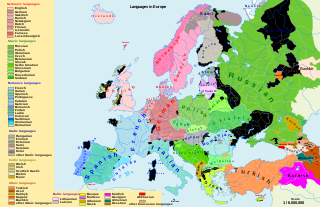
There are over 250 languages indigenous to Europe, and most languages of Europe belong to the Indo-European language family. Out of a total European population of 744 million as of 2018, some 94% are native speakers of an Indo-European language. Within Indo-European, the three largest phyla in Europe are Romance, Germanic, and Slavic; they have more than 200 million speakers each, and together account for close to 90% of Europeans.
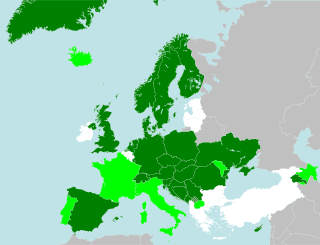
The European Charter for Regional or Minority Languages (ECRML) is a European treaty adopted in 1992 under the auspices of the Council of Europe to protect and promote historical regional and minority languages in Europe. However, the charter does not provide any criterion or definition for an idiom to be a minority or a regional language, and the classification stays in the hands of the national state.
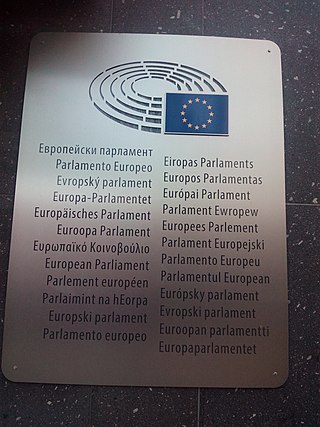
The European Union (EU) has 24 official languages, of which three – English, French and German – have the higher status of "procedural" languages of the European Commission. Irish previously had the lower status of "treaty language" before being upgraded to an official and working language in 2007. However, a temporary derogation was enforced until 1 January 2022. The three procedural languages are those used in the day-to-day workings of the institutions of the EU. The designation of Irish as a "treaty language" meant that only the treaties of the European Union were translated into Irish, whereas Legal Acts of the European Union adopted under the treaties did not have to be. Luxembourgish and Turkish, which have official status in Luxembourg and Cyprus, respectively, are the only two official languages of EU member states that are not official languages of the EU. In 2023, the Spanish government requested that its co-official languages Catalan, Basque, and Galician be added to the official languages of the EU.

In Belgium, there are 27 municipalities with language facilities, which must offer linguistic services to residents in Dutch, French, or German in addition to their single official languages. All other municipalities – with the exception of those in the bilingual Brussels region – are monolingual and only offer services in their official languages, either Dutch or French.
A regional language is a language spoken in a region of a sovereign state, whether it be a small area, a federated state or province or some wider area.
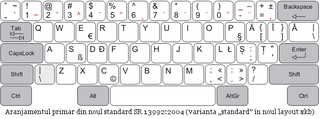
Beyond the official Romanian language, multiple other languages are spoken in Romania. Laws regarding the rights of minority languages are in place, and some of them have co-official status at a local level. Although having no native speakers, French language is also a historically important language in Romania, and the country is a member of the Organisation internationale de la Francophonie.
Minorities in Greece are small in size compared to Balkan regional standards, and the country is largely ethnically homogeneous. This is mainly due to the population exchanges between Greece and neighboring Turkey and Bulgaria, which removed most Muslims and those Christian Slavs who did not identify as Greeks from Greek territory. The treaty also provided for the resettlement of ethnic Greeks from those countries, later to be followed by refugees. There is no official information for the size of the ethnic, linguistic and religious minorities because asking the population questions pertaining to the topic have been abolished since 1951.

The Kingdom of Belgium has three official languages: Dutch (Flemish), French, and German.
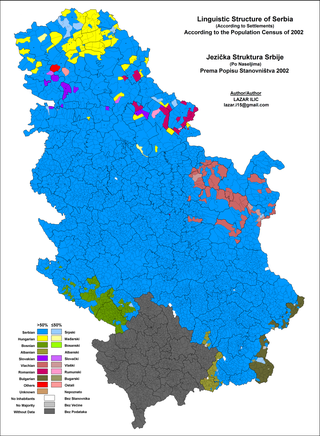
Serbia has only one nationwide official language, which is Serbian. The largest other languages spoken in Serbia include Hungarian, Bosnian and Croatian. The Autonomous Province of Vojvodina has 6 official languages: Serbian, Hungarian, Slovak, Romanian, Croatian, Rusyn; whilst Autonomous Province of Kosovo and Metohija, which Serbia claims as its own, has two: Albanian and Serbian.

The languages of Austria include German, the official language and lingua franca; Austro-Bavarian, the main dialect outside Vorarlberg; Alemannic, the main dialect in Vorarlberg; and several minority languages.

The official language of Greece is Greek, spoken by 99% of the population. In addition, a number of non-official, minority languages and some Greek dialects are spoken as well. The most common foreign languages learned by Greeks are English, German, French and Italian.

The languages spoken in Hungary include Hungarian, recognized minority languages, and other languages.
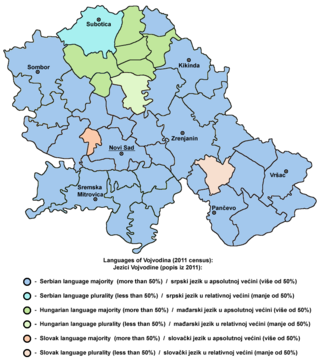
Languages and dialects spoken in the Serbian province of Vojvodina include South Slavic languages, West Slavic languages (Slovak), East Slavic languages (Rusyn), Hungarian, Romanian, Romani, and others.

The official language of North Macedonia is Macedonian, while Albanian has co-official status. Macedonian is spoken by roughly two-thirds of the population natively, and as a second language by much of the rest of the population. Albanian is the largest minority language. There are a further five national minority languages: Turkish, Romani, Serbian, Bosnian, and Aromanian. The Macedonian Sign Language is the country's official sign language.

The geographical distribution of speakers of Macedonian refers to the total number of native speakers of Macedonian, an East South Slavic language that serves as the official language of North Macedonia. Estimates of the number of native and second language speakers of Macedonian varies; the number of native speakers in the country ranges from 1,344,815 according to the 2002 census in North Macedonia to 1,476,500 per linguistic database Ethnologue in 2016. Estimates of the total number of speakers in the world include 3.5 million people. Macedonian is studied and spoken as a second language by all ethnic minorities in the country.
A cross-border language or trans-border language is a language spoken by a population that lives in a geographical area in two or several internationally recognized countries that have common land or maritime borders.

The Constitution of Croatia in its preamble defines Croatia as a nation state of ethnic Croats, a country of traditionally present communities that the constitution recognizes as national minorities and a country of all its citizens. National minorities explicitly enumerated and recognized in the Constitution are Serbs, Czechs, Slovaks, Italians, Hungarians, Jews, Germans, Austrians, Ukrainians, Rusyns, Bosniaks, Slovenes, Montenegrins, Macedonians, Russians, Bulgarians, Poles, Romani, Romanians, Istro-Romanians ("Vlachs"), Turks and Albanians. Article 12 of the constitution states that the official language in Croatia is Croatian, but also states that in some local governments another language and Cyrillic or some other script can be introduced in official use.
The various regional and minority languages in Europe encompass four categories:














